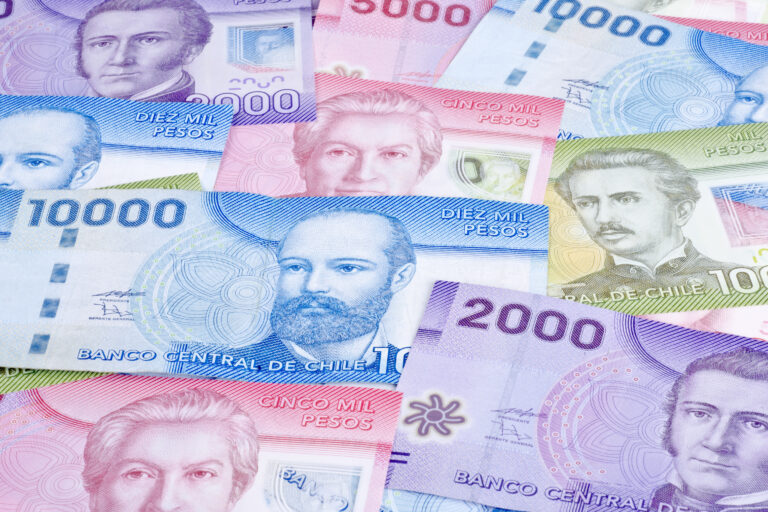If you plan to travel to Chile or send money there, it helps to know about the Chilean peso (CLP). The peso uses the “$” symbol. The Banco Central de Chile gives out the money, and the Casa de Moneda makes the coins. There used to be something called a centavo, but they stopped using it in 1984 because of increased prices.
There are coins in circulation for 10, 50, 100, and 500 pesos. The 1 and 5 peso coins are still legal, but they are not made now.
The banknotes that people use are 1,000, 2,000, 5,000, 10,000, and 20,000 pesos. The 500-peso note is not made or used anymore. Let’s look at five different facts about this important South American money.
1. The Peso Is Both Historical and Modern
Chile first started using the peso in 1817. At that time, one peso was the same as eight Spanish reales. In 1885, Chile went on the gold standard. The peso was then linked to the British pound. But in 1932, this connection ended. After that, the peso lost value, and there were several changes in the country’s money system.
The modern peso (CLP) started being used in 1975. It took the place of the escudo at that time. The modern peso also stopped being tied to the value of other kinds of money. Now, the peso moves up and down on its own in the exchange market.
2. Everyday Chileans Use Colorful Nicknames
Chilean pesos have some nicknames that show the local culture and style:
- “Luca” – 1,000 pesos
- “Quina” – 500 pesos (from Spanish quinientos)
- “Gamba” – This has been 100 pesos for a long time, but now some people say it can be 100,000 pesos
- “Gabriela” – A 5,000-peso note, named after Gabriela Mistral, who won the Nobel prize
These words are used a lot when people talk in a relaxed way. They show how language and money go together.

3. The Word “Peso” Has Colonial Roots
The word “peso” comes from the Spanish word for “weight.” This word comes first from Latin pensum. A long time ago, people decided how much their coins were worth by using the real metal weight. Coins like these were often made of silver or gold.
Chile, like many countries that used to be ruled by Spain, kept the name of its national money after it became free from Spanish rule.
4. Banknotes Celebrate National Icons
Chilean peso banknotes show people who are important in the country’s past.
- Ignacio Carrera Pinto – He is known as a national war hero.
- Manuel Rodríguez Erdoíza – He was a leader in the revolution.
- Gabriela Mistral – She was a poet who won the Nobel Prize and was also a teacher.
Each note has an important landmark on the back. These show parts of Chile’s many natural places. This helps people feel proud of their country when they see the design.
5. Indigenous Symbolism Enhances Security
Since the changes made between 2009 and 2011, all banknotes in Chile have the Mapuche antú. This symbol of the sun stands for life and energy. It shows respect for the history and culture of the Mapuche people. The symbol is also used as a security feature. It helps stop fake banknotes.
Additional updates include:
- Polymer notes (on lower denominations)
- See-through security windows
- Watermarks and feelable features (on higher denominations)
These new ideas show that Chile cares a lot about its culture. They also show that Chile is careful with its money and how people use it.
Frequently Asked Questions About the Chilean Peso
Can I use Chilean pesos outside Chile?
Generally no. The Chilean peso is not widely accepted outside the country. Convert leftover CLP to your home currency before departure.
Is the Chilean peso stable?
The peso is a free-floating currency and can fluctuate based on global markets, but Chile’s central bank implements policies to ensure economic stability.
Where can I exchange currency in Chile?
Currency exchange is available at banks, airports, and exchange offices. ATMs also dispense pesos and may offer competitive rates.
Are coins still widely used in Chile?
Yes, particularly 100 and 500-peso coins. However, smaller denominations are less common due to their low value.
Are counterfeit pesos a concern?
Thanks to advanced security features on banknotes, counterfeiting is relatively rare. Always check for tactile marks, watermarks, and security threads when handling cash.

